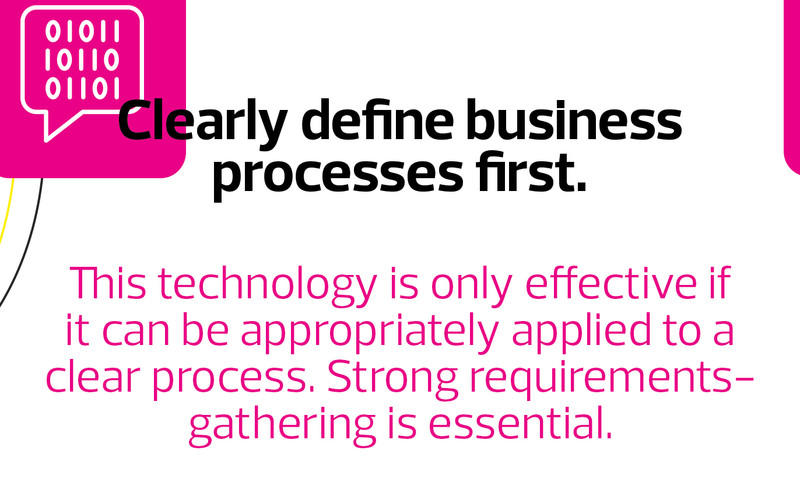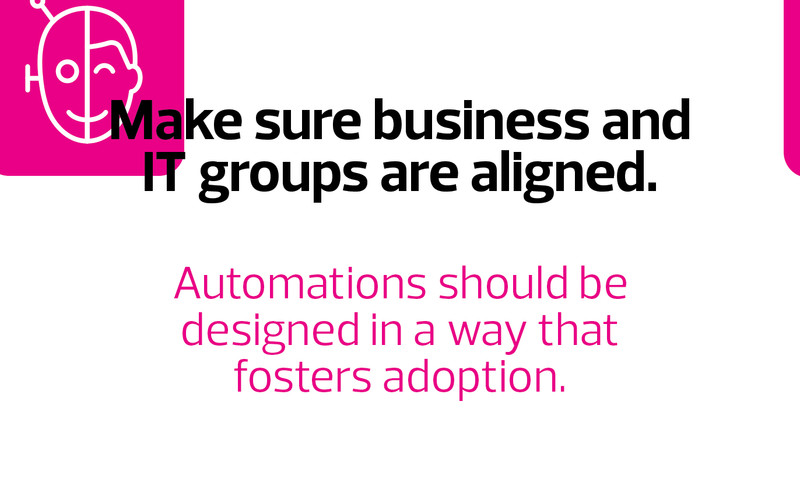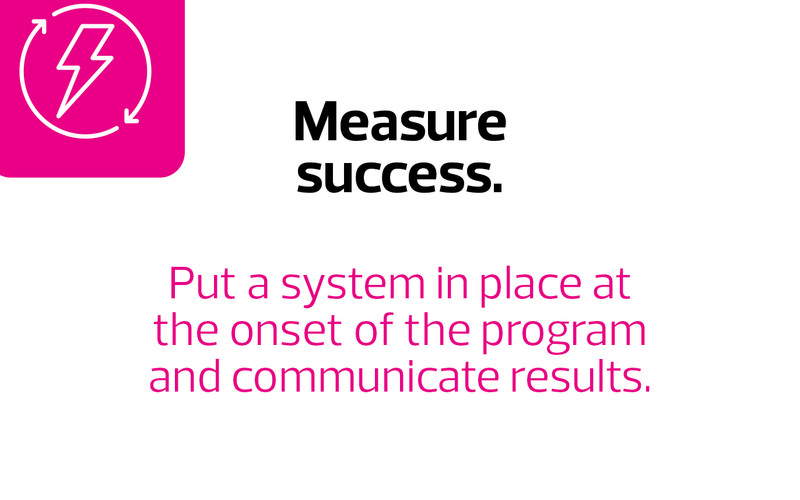Analysts say automation tools are available across the technology stack. Business process automation solutions, often customized for a particular organization’s needs, streamline tasks such as the hiring and onboarding of new employees.
Monitoring tools can identify network and application performance issues or security threats, make recommendations to remediate the problems, and in some cases, fix the issues automatically.
Software tools from companies such as HashiCorp and Red Hat enable IT organizations to automate the configuration of their infrastructure. Red Hat Ansible, for example, allows organizations to automate high-volume manual tasks, such as resetting passwords or adjusting compute and storage needs.
“IT organizations are tasked with doing two to three times more work with the same or less staff than they had just two years ago,” says Paul Nashawaty, a principal analyst at Enterprise Strategy Group. “If you use automation to eliminate remedial tasks, then you can potentially eliminate the IT skills gap.”
WATCH: See a Feds in the Field video on how the Defense Logistics Agency uses automation.
Automated Bots Cut Down on Repetitive Work
DLA began implementing RPA four years ago with 20 to 30 automations. Today, the agency has 161 active automations, 154 of which run unattended, Wood says.
The agency uses a low-code visual RPA tool that allows staff to build software bots and create workflows that integrate applications and processes by pointing and clicking on a graphical user interface, Wood says. The RPA tool runs on-premises on DLA’s private cloud.
DLA uses RPAs for transaction processing and reconciliation, which compares transactions from multiple systems, looks for discrepancies and errors, and resolves them. The agency also uses RPAs to comply with Freedom of Information Act requests.
“The early, low-hanging-fruit automations had an immediate impact in terms of saving people a lot of hours, so they can actually do the work they were hired to do,” Wood says.
More recently, DLA built a bot that is expected to save the agency millions of dollars annually by ensuring goods are shipped with proper packaging. Hazardous materials must be packaged correctly to meet safety regulations. Proper packaging also ensures goods are not damaged in transit.


















